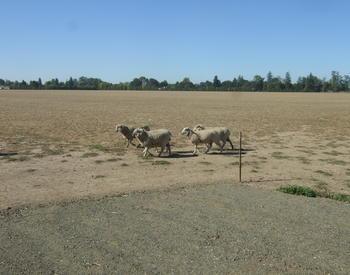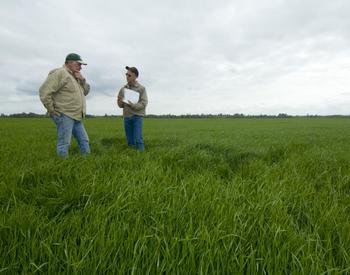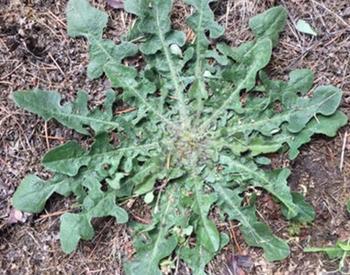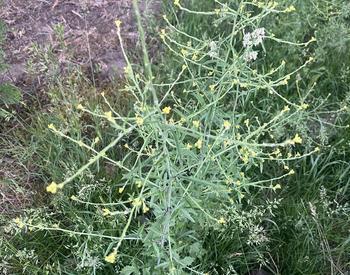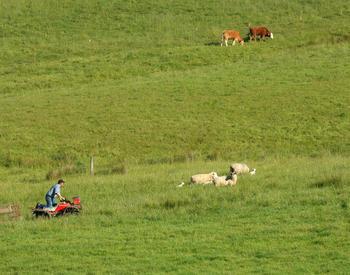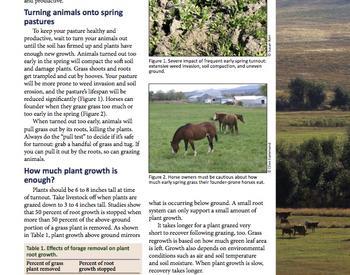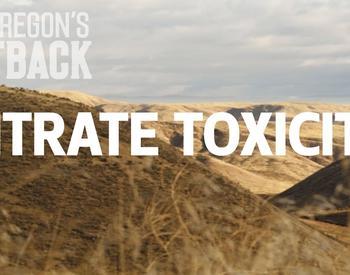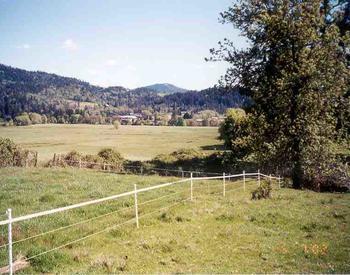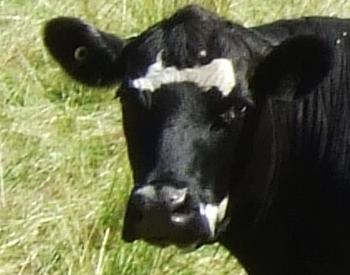The largest agricultural commodity in Oregon is grass. We grow grass for lawns, turf, pastures, hay, straw, and seed for home use and export. Forages (grasses and legumes) are an important source of livestock feed, and because our area has a high production capacity, we have a competitive advantage over other parts of the world that depend heavily on imported hay and grains to raise livestock. Our forage is a renewable resource – but only if we manage it correctly.
I hope you can see what I mean when I write “Grass is king.” But, where does the “Protect the Crown” part come into play, you might ask? The root crown is a term used to describe an area of above-ground plant matter that has several important functions. For most of our cool-season, perennial grasses, the crown area is approximately 3 inches above the soil level. We must protect that crown from over-use and damage by leaving a good stubble height on our forages so that overall yield is optimized.
Dr. Steve Fransen, Washington State University Extension Forage Specialist, visited our area a few years ago and lectured, “The root crown does not belong to us. It does not belong to the livestock. It belongs to the plant.” There are many excellent pasture managers that protect the root crowns by leaving appropriate stubble height, and they have seen increased forage production compared to overgrazing. But many producers have not fully adopted this practice.
The primary function of the root crown is storage of energy reserves for the plant. Most people mistakenly think that the underground roots have this function, but research has shown this is the job of the root crown. These energy reserves sustain the plant throughout the winter months so that it remains healthy and ready to grow when warm, spring rains and longer days return.
The fall season is the most important time to protect the root crown as this is when its energy is used to support new underground root growth essential for absorbing water and nutrients from the soil for spring re- growth. Dig some plants up and check out the new, white root growth. The more above-ground growth there is the more below-ground roots you will see. It is like a mirror.
The root crown also contains plant leaf area for capture and storage of the sun’s energy (photosynthesis), and growing points for new leaves. If these are removed, new ones have to form, which takes time and energy, can weaken the plant, and delay spring re- growth, which means more feeding of hay before livestock turn-out.
Pasture managers are tempted to use the grass to the point of over grazing because they do not want to feed so much hay. But actually, forage yield is greater if the grass is not grazed too hard. Protect the crowns of your forage and you will be pleasantly surprised. Keep track of your forage production and hay feeding and see for yourself.
Now that I have pounded the idea of leaving root crown area on your plants, I will tell you that there are times when grazing down hard can be beneficial. The maintenance of annual clovers (for example, subterranean clover) and the establishment of new grasses (over-seeding or no-till drilling) are cases where the removal of competing forage or residual top growth is warranted. Also, pasture burning for the control of woody vegetation (for example, poison oak and blackberry bushes) can be a helpful pasture management tool. What we need to remember is that these practices are hard on our perennial plants. Evaluate the need for maintaining the improved, cool season forages that are currently in your field and the need for establishing new ones. A balance should be struck in order to attain management goals for existing perennials, new forage establishment, and weed control.
Finally, there is the need for a sacrifice pasture. That is, a pasture that we know will get pounded by livestock, eaten down, and end up pretty muddy in the wet months. The livestock need to be place somewhere in the winter, but they should not be on the good, productive pasture sites. Choose an area of low productivity that you can house the animals comfortably and easily bring them hay for winter feeding. It is a perfect use for this type of land and helps to protect our good farm ground.
I hope you have a good fall and grow lots of nice forage! Ask me for more winter reading material on pastures and other topics, I have lots.
